Hub of ISIS pulsed neutron and muon source and Museo Storico della Fisica e Centro Studi e Ricerche Enrico Fermi.
@NovelliGnovelli together with @DanieleLeodori, @RegioneLazio presented ISIS@MACH, the new Research Infrastructure at #unitorvergata, hub of @STFC_Matters @RutherfordApLab, @isisneutronmuon @centrofermi for experiments of multidisciplinary research to study the propoerties of composite materials at the nanoscale.
STFC’s @isisneutronmuon is celebrating the creation of its first overseas hub, ISIS@MACH. The collaboration with @unitorvergata will help scientists understand the properties of materials on the nanoscale.
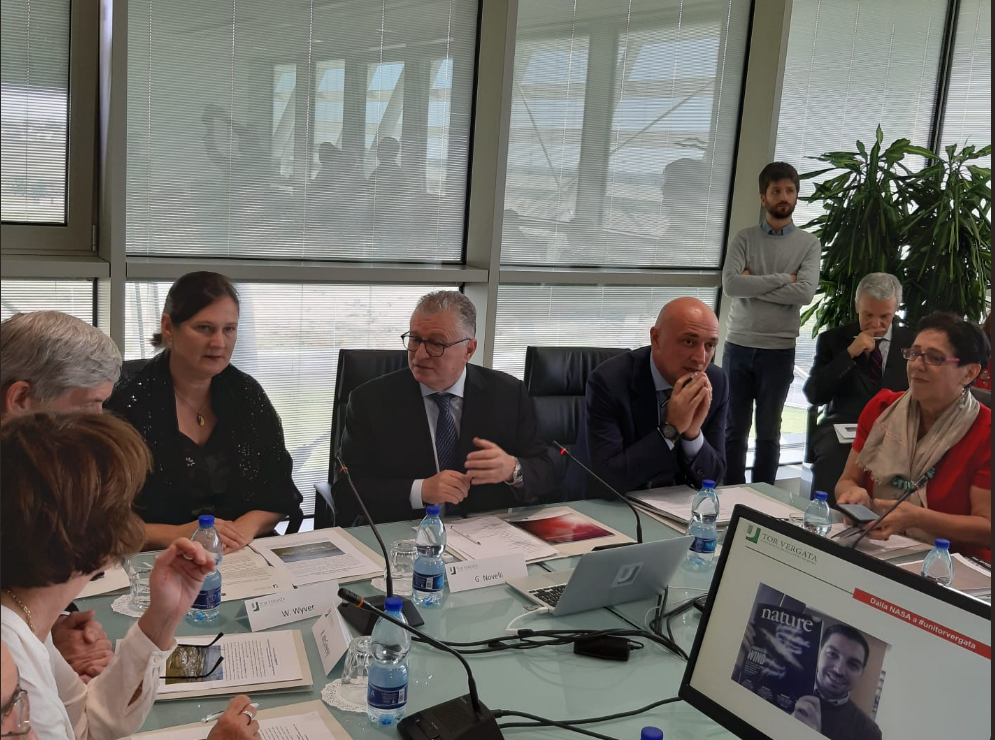 |
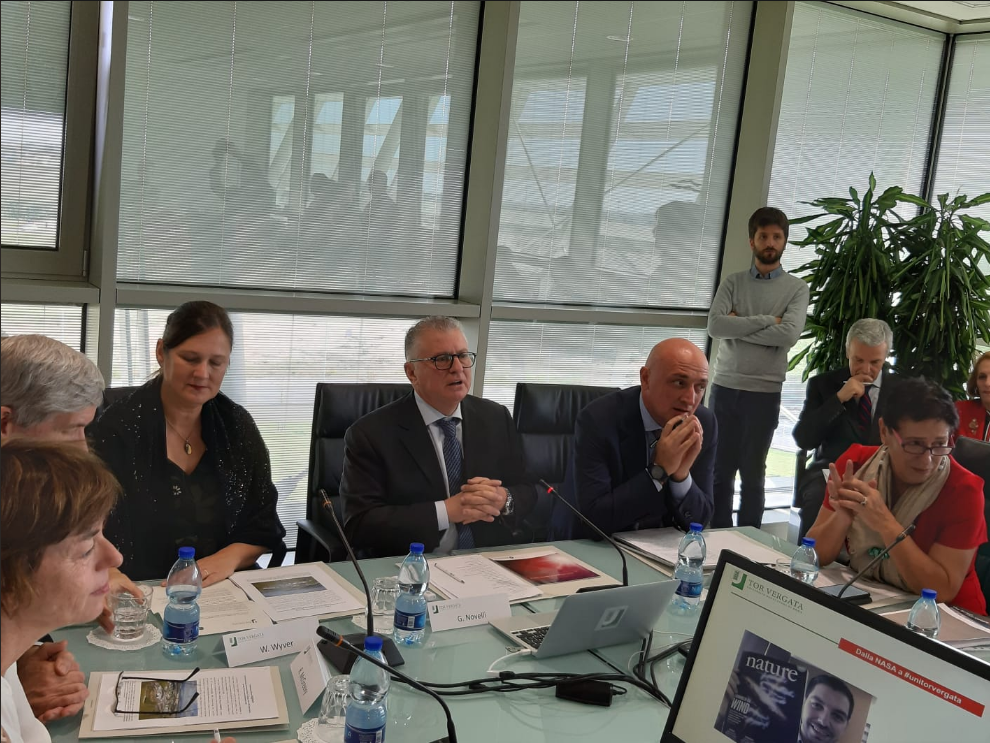 |
Experiments of multidisciplinary research at ISIS@MACH and ISIS
RESEARCH at ISIS pulsed neutron and muon source
 (Credit: STFC) (Credit: STFC) |
Drug delivery stays on target – A team from the University of Rome Tor Vergata (Professor Gaio Paradossi, Dr Ester Chiessi, Dr Shivkumar Ghugare, Dr Anka Mateescu and Mr. Sharad Pasale), working in collaboration with ISIS scientists (Dr Mark Telling and Dr Victoria García Sakai), is using neutron scattering to study the efficacy of constructing such drug delivery vehicles from bio compatible polymers. In the future, injectable hydrogel balls could deliver anti-cancer drugs to target mutant cells, providing a healthier alternative to radiology. |
 (Credit: STFC) (Credit: STFC) |
Quantum effects explain similar melting points of light and heavy water – Water is a familiar substance. It is vital to life and covers over 70% of the surface of the Earth. Roberto Senesi and Giovanni Romanelli (ISIS UK) from the University of Rome Tor Vergata in Rome, Italy, said, “This is the first measurement of the oxygen momentum distribution in water, made possible by the most recent advances in Electron-volt Neutron Spectroscopy at ISIS, and our experiment gives a nice example of what VESUVIO can offer.” |
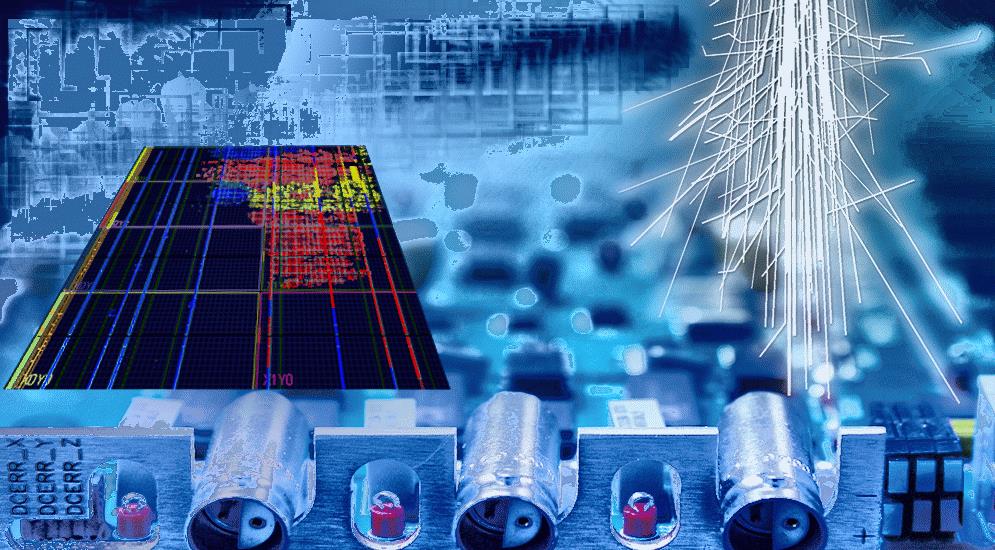 (Credits: STFC) (Credits: STFC) |
Testing the robustness of space electronics against more than 100,000 years’ worth of neutrons – Of the many challenges involved in space travel the threat of high energy neutrons may have never crossedyour mind. But these subatomic particles can disrupt the electronics that space missions rely on, so we must thoroughly test their impact. “Neutrons on the moon are produced by spallation interaction of primary cosmic rays on materials, the same process as on the ISIS neutron source” says ChipIr Instrument Scientist Dr Carlo Cazzaniga. “Therefore ChipIr fast neutrons are representative of cosmic ray neutrons in space.” “High energy neutrons have been a significant focus of the ISIS and University of Rome Tor Vergata collaboration since 2006, which has been of success for both British and Italian communities operating in engineered systems from aviation to automotives. I expect these new results to impact on a wide range of manufacturers which are becoming more and more concerned by the neutron threat in space.” Says Carla Andreani from University of Rome Tor Vergata. |
RESEARCH at ISIS@MACH

|
Two-dimensional material, such as Graphene and MXenes, can tailor the interfaces in advanced printable solar cells based on halide perovskite. The team of the Centre for Hybrid and Organic Solar Energy (CHOSE) of the University of Rome Tor Vergata, leaded by prof. Aldo Di Carlo, together with researchers of CNR, INFN and the National University of Science and Technologies (NUST-MISIS) of Moscow (Russia) discovered that work-function can be tailored by proper functionalization of MXenes. This permitted to increase the efficiency of printed solar cells beyond 20% (A. Agresti et al., Nature Materials 2019). Here, charge transport in this multi-crystalline system is related to the vibrational properties of the materials. A new investigation made by CHOSE’s researcher at ISIS, together with colleagues of Tor Vergata University is revealing the peculiar vibrational property of perovskite and the influence on the charge current flow. |
|
|
NEURO CON – TE: STRETCHABLE ELETRONICS TOWARDS CLINICAL APPLICATION Stretchable wires based on bundled single wall carbon nanotubes ( SWCNT) graftend on: (a-e) polyethylene, as an example of a moderately plastic substrate; and on (f-g) poly-isoprene as an example of highly elastic substrate. Both are shown in their fully relaxed state and under stretching. Panels (a) and (b): SWCNT/Polyethylene under severe stretching; doubling the lenght of the polymer substrate produces a bellows like structure that is still consuctive. Panel (c): SEM imaging shows single nanotube bundles bridging the majority of the cracks that from the extended bellow. Panel (d): the unstretched, suspended polymer film shows wrinkling due to nanotube grafting, which disappears on slight stretching (e). Panel (f) and (g) show a SWCNT conductor grafted on poly-isoprene and the variation of its electrical resistance from 641 to 787 kOhm on stretching the composite device. |
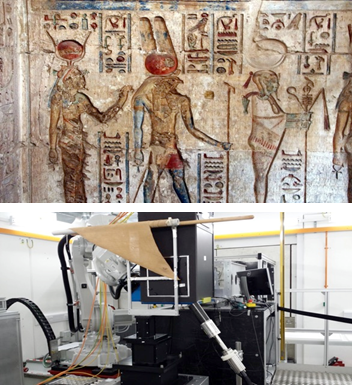 (Credit: STFC) (Credit: STFC) |
Unravelling the mystery of textile inks in ancient Egypt – Textiles from the tomb of a royal architect of ancient Egypt could tell us how ink technology developed, from marking fabric to writing text on papyrus and parchment later on. Dr Festa said: “This research places the use of metallic inks in Ancient Egypt for the first time, which provides us with new information about the origins of inks in ancient Mediterranean cultures.” Scientists used the IMAT instrument at ISIS to investigate the inks without damaging the ancient textiles. |
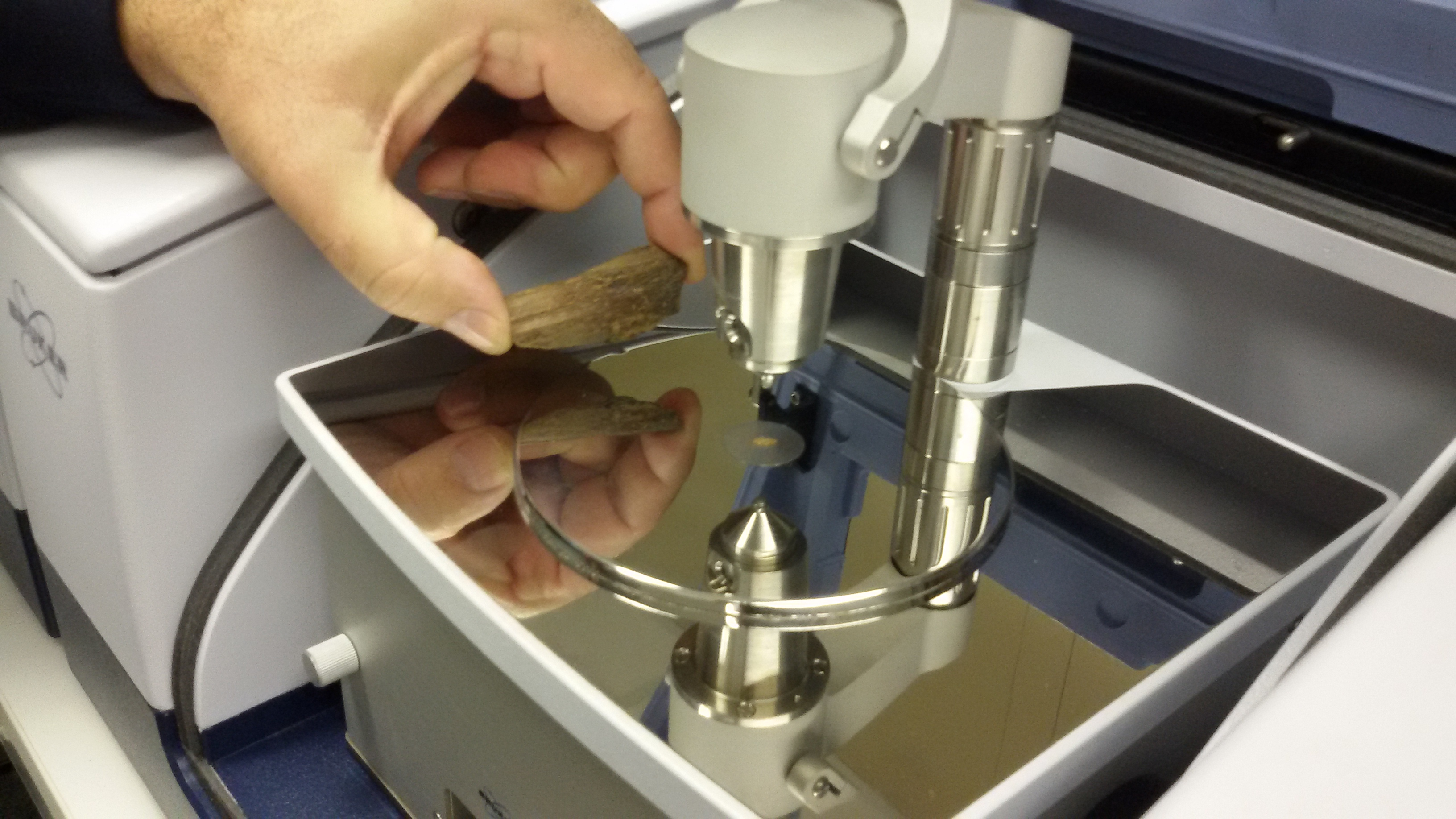 (Credits: ISIS@MACH) (Credits: ISIS@MACH) |
Ancient burned bones tell us about past cultures. |
 |
Revealing the network dynamics of human brain. |



 (Credits: ISIS@MACH)
(Credits: ISIS@MACH)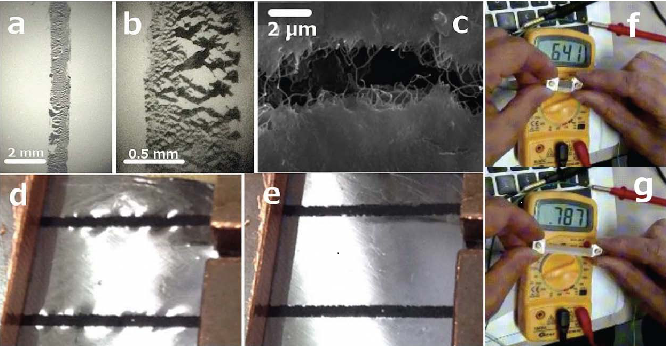 (Credits: ISIS@MACH)
(Credits: ISIS@MACH)